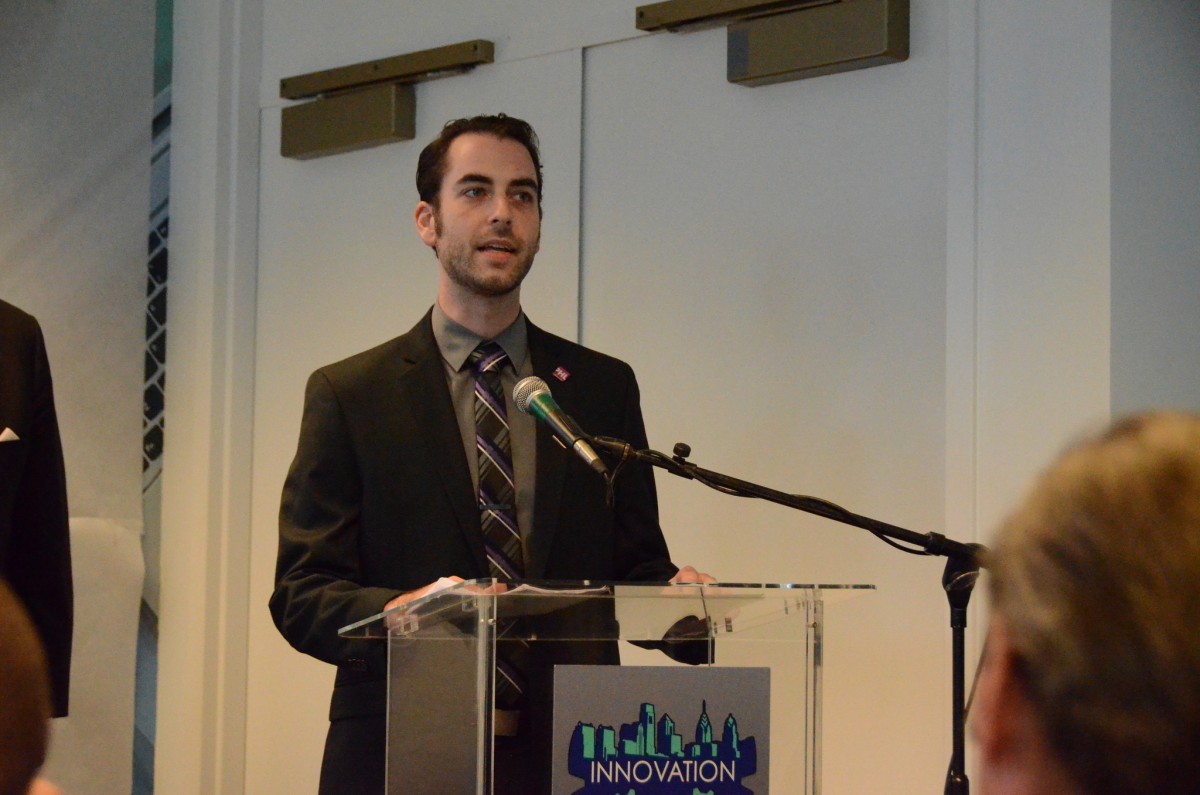What if open data was less of an initiative and more — well, just the way the government works? What if the way city government approaches open data was systematic, methodical and repeatable?
“Process-driven,” Chief Data Officer Tim Wisniewski tells us. “The government loves processes.”
It’s all a part of Wisniewski’s plan for Philadelphia: to take everything we’ve gained fighting for an open and transparent government and use it to set a foundation upon which we can build more open-data infrastructure.
“In the first days of open data, we approached it as an initiative. Now it’s about approaching it with the mindset of long-term, big picture scaleability,” said Wisniewski, formerly known to Technical.ly fashion hounds as the “Hacker in Black” during his civic hacking days.
Per a blog post authored by Wisniewski on PhillyInnovates (the Managing Director’s blog), some serious strides have been made in furthering this goal.
- City departments released over 30 datasets in 2014, including professional service contract data and commercial energy usage data.
- The city published an Open Data Strategic Plan on GitHub.
For a more in-depth look at Wisniewski’s plans for making open data stick in Philly, check out what he told us when we caught up with him a few months ago. But for the time being — what about 2015? So far this year, Wisniewski’s office has:
- Met with 43 department heads to discuss releasing data. “The openness and enthusiasm we received gave us a great sense of optimism,” Wisniewski notes.
- Launched data inventories with 12 departments (Commerce is closest to completing its release).
- Built a Data Services team, comprised of Stacey Mosley, Lauren Ancona and Jessica Magness.
- Acquired an open data automation tool, which nixes manual data releases by automatically extracting, rendering and publishing it.
- Formed an Open Data Advisory Group and launched the redesign of the city’s website.
As for what we can look forward to in the near future, Wisniewski says bigger data inventories are on the way (in fact, he just finished one up an hour-and-a-half before giving us a call). Bigger inventories mean a more comprehensive list of what datasets are available. Essentially, it makes prioritizing where resources are spent a much easier task.
“It allows other departments and the public to know what datasets exist,” Wisniewski said. Speaking of datasets (when aren’t we speaking of datasets?), get ready for the next release: more procurement contract data.
Join our growing Slack community
Join 5,000 tech professionals and entrepreneurs in our community Slack today!
Donate to the Journalism Fund
Your support powers our independent journalism. Unlike most business-media outlets, we don’t have a paywall. Instead, we count on your personal and organizational contributions.

National AI safety group and CHIPS for America at risk with latest Trump administration firings

Immigration-focused AI chatbot wins $2,500 from Temple University to go from idea to action

The good news hiding in Philly’s 2024 venture capital slowdown

